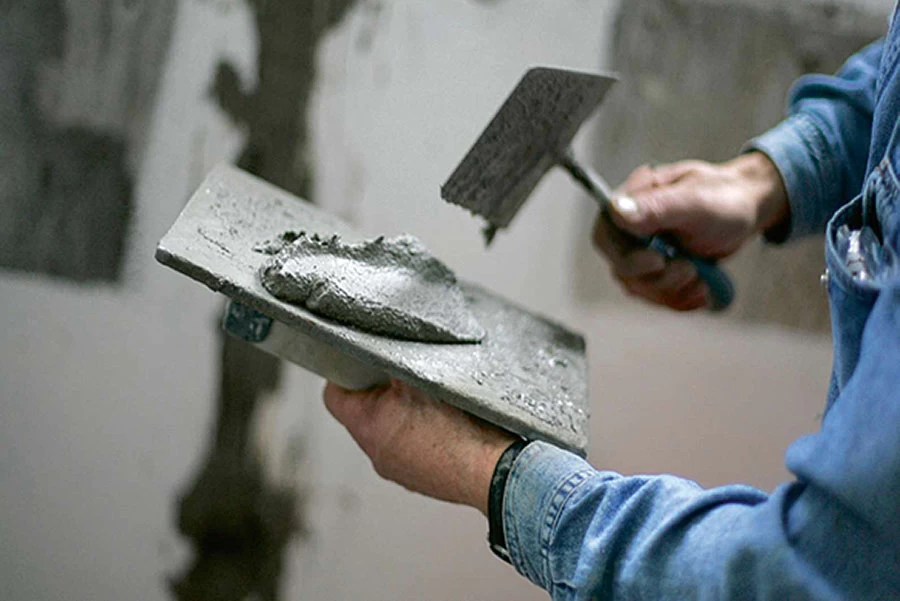The viscosity problem of wet-mixed mortar and its solution
1. Viscosity is a parameter that reflects whether the mortar is good or not. The normal viscosity of the mortar is smooth in construction and the wall is not easy to fall off.
2. The mortar looks loose when the viscosity is not good, and it is not easy to construct. When the viscosity is too good, the mortar is not easy to dry on the wall, and the worker sticks the scraper when rubbing and pressing, and the construction is not easy.
3. The admixture to adjust viscosity is another. Generally 15 per cubic meter of mortar. When the sand in the mortar is thicker, the viscosity of the mortar will decrease, and the amount of admixtures should be increased; when the sand is fine, the viscosity of the mortar will increase, and the amount of admixtures should be reduced. Generally, the fineness modulus of control sand is the best within 2.4~2.6. When the fineness modulus of sand outside this range increases or decreases by 0.1, the formulation dosage of the admixture must increase or decrease by about 1kg/m3.

4. The viscosity of the mortar in winter will increase, and the amount of admixtures to adjust the viscosity should be reduced accordingly; when the temperature is high in summer, the viscosity of the mortar will decrease, and the amount of admixtures should be increased accordingly. Generally, when the temperature is increased or decreased by 5 degrees, the amount of additives should be increased or decreased by about 1kg/m3.
5. The material that has a great influence on the viscosity of mortar is stone powder. Too much impurity of stone powder will show that the whiteness is too low. When used in the mortar, it will cause poor mortar viscosity and bleeding of the mortar. It is better to control the whiteness of stone powder above 40 degrees. If the whiteness is too low, it means that there are too many impurities and have a greater impact on the quality of the mortar.




.jpg.webp)

